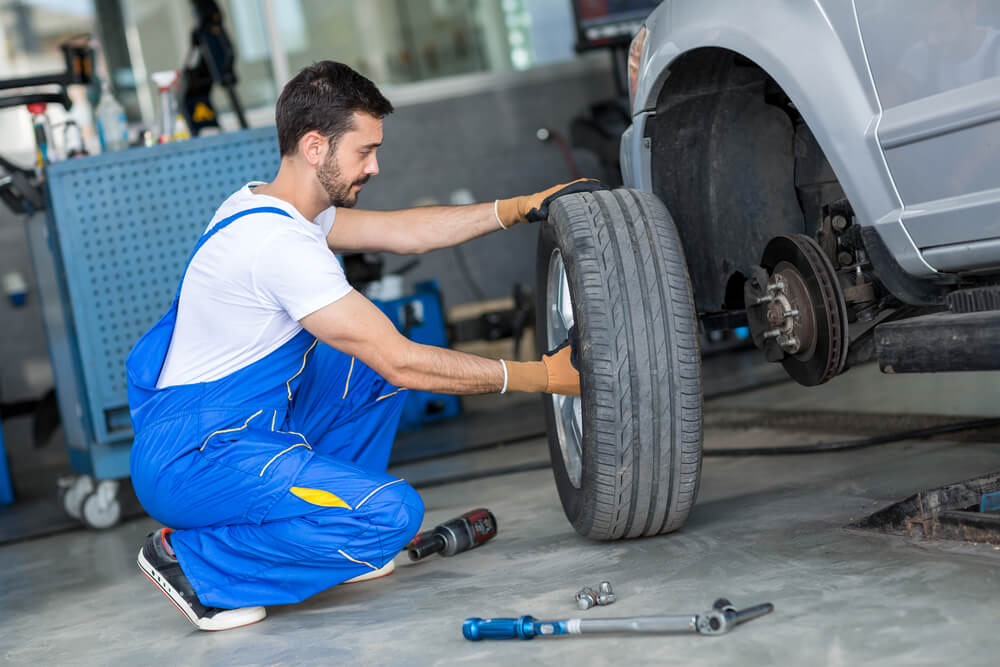If you’re anything like me, then you’re guilty of missing regular maintenance intervals on your vehicle. The oil light and check engine on the dash came on a month ago and just started flashing this morning. This is a good time to get on top of it and bring your car into the shop. “How can I tell if my car needs a tune up?” you’re asking yourself. With the help of Cranbrook Cars, which does car diagnostics in Cranbook, I’ll tell you just that.
Here’s a Too-Brief Rundown on How Our Cars Work
Basically, there are three major components of any internal combustion engine; air, fuel, and spark. Though diesel engines achieve this in a different manner than a gasoline engine, the end concept is still the same. If one or more of these components is not functioning properly or at its optimum efficiency, it is more than likely you’ll notice it when driving your car.
It may sound simple enough, but these three items must be regularly maintained to keep the many systems and processes working harmoniously. There are symptoms that can occur that may mimic one issue but are actually deceitful, so if you’re a layman when it comes to turning wrenches it’s best to bring your ride down to your trusted mechanic.
Maintenance Should Be Conducted at Regular Intervals
There are essentially two reasons your car might need a tune up. Either you’re in for scheduled maintenance, or your car is running like crap. The best thing for your vehicle is to stay up on the former so you can avoid the latter.
Each vehicle manufacturer has regularly scheduled maintenance intervals and of course they’re all different, but you can normally locate this information in the manual or online without too much hassle.
Whether your car is spanking new or has a little more patina on it, it will require either less or more attention, respectively. Older style ignition systems and vehicles with carburetors will require more finagling, as they are either mostly or fully mechanical and do not depend on a computer so much to maintain their timing, fuel jetting, etc. A good window for these golden oldies is around 30,000-45,000 miles or so for a complete tune up.
There are different intervals for different services, as things like engine oil need replacement much more frequently than things like air or fuel filters, so make sure to look these up and adhere to them accordingly.
Newer vehicles are completely controlled by the electronic control unit (ECU) so when their timing or air to fuel ratio goes out of whack, it will relearn how the engine is running and cure the issue itself.
Newer vehicles should see the shop for every recommended oil change but shouldn’t normally need a tune up or new plugs for roughly 80,000 to 100,000 miles. It’s really only oil and spark plugs that need replacement these days, and the long-life plugs extend much further than they used to.
It is important to note that pulling trailers often or driving in extreme conditions (dusty, high winds, unpaved roads, etc.) will shorten the suggested maintenance interval considerably.
Symptoms to Look for Outside of Routine Maintenance
If your vehicle seems to be losing power at any time throughout the RPM range, if the oil light on the dash comes on, or if it smells of burned oil excessively upon acceleration, it’s a good time for a check-up.
Other good indicators are if the car is hard to turn over or won’t start, keeps stalling out, or you’re experiencing poor fuel economy.
Which Items Should You Inspect Upon Tune Up?
This one should be pretty obvious, but your oil and oil filter are a must when performing a tune up. Manufacturers will almost always have the correct oil for your vehicle listed either in the owner’s manual or somewhere under the hood, so make sure to use the suggested oil weight and viscosity for the temperature outside. Failure to do this could result in engine damage, especially with 0w20 and other sensitive motors.
Next up is going to be your air filter. According to AAA, it is a good idea to change your air filter roughly every 20,000 miles, less if regularly driving in the extreme conditions that I expressed above.
Spark plugs are responsible for the ‘bang’ part of the engine (unless it’s a diesel) so it’s a good idea to keep them fresh. When checking your plugs, make sure there are no unusual deposits on the electrode, just the normal cleanly burnt appearance. Also make sure they’re not coated with oil because then you’ll be dealing with a bigger issue.
Check plug wires and any major cables for cracks, stretching, tight connections, and burn-through, by searching a site like Champion. Most plug wires are highly heat resistant, but on some older motors they tend to drape directly over the exhaust manifolds.
Check and, if necessary, replace distributor cap and rotor and/or ignition coils depending on your application. These are responsible for metering out the spark to the plugs.
This is a great time to have the fuel system checked. The fuel filter can be replaced manually, and throttle body can be serviced with a multi-part cleaning system which also cleans the injectors on newer rigs.
The throttle body could have built up deposits which prevent the plate from functioning smoothly, and the last thing you want is your throttle getting stuck in one position or the other. Your local mechanic or lube shop will normally have the fuel system cleaner at an additional cost.
Conclusion
The term tune up is somewhat prehistoric, as vehicles from the days of yore required upkeep much more often than the cars of today.
If you listen to what your car is telling you and make sure to get all minor regular maintenance done on a timely basis, you will save yourself a lot of time and headache in the future.

